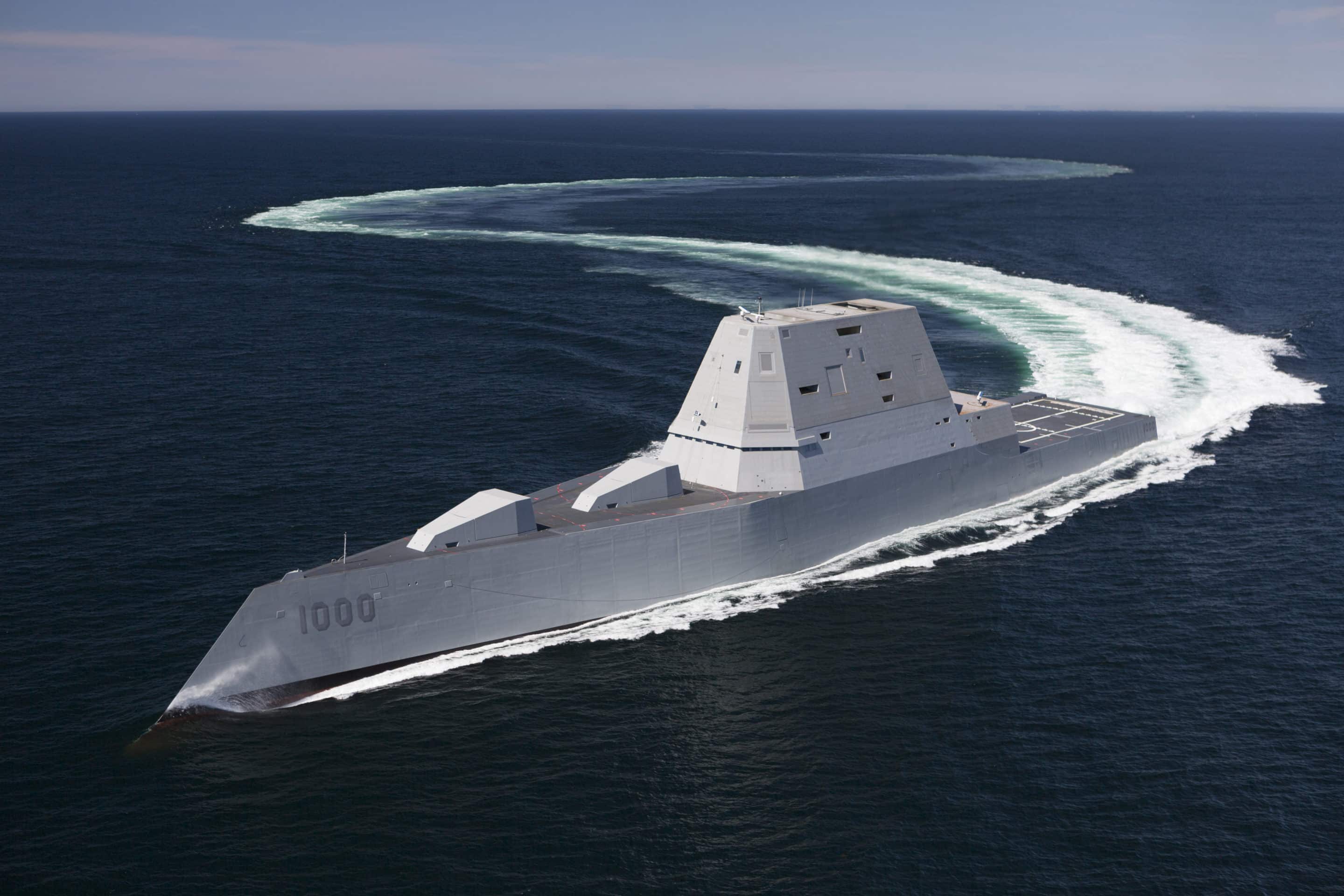The Pentagon is planning an expensive upgrade to its problem-plagued Zumwalt-class destroyers. The Department of Defense is preparing to equip the USS Zumwalt with hypersonic missile launchers. The retrofitting is full of potential pitfalls, including the Pentagon is yet to develop hypersonic missiles for the destroyers, and the Zumwalt has struggled to make it into port to receive the upgraded gun.
In a press release last week, the US Navy said, the “USS Zumwalt departed San Diego, Aug 1, and will shift its homeport from San Diego to Pascagoula, Mississippi to enter a modernization period and receive technology upgrades including the integration of the Conventional Prompt Strike weapons system.” It added, “The upgrades will ensure Zumwalt remains one of the most technologically advanced and lethal ships in the US Navy.”
The Navy explained that Zumwalt’s journey was delayed after the ship was forced to return to port in San Diego for repairs. The Pentagon did not reveal the cause of the issue, and the repairs lasted five days.
Initially, the Department of Defense planned to buy 32 Zumwalt-class ships. However, that number was reduced to three because the ships were riddled with problems and skyrocketing costs.
The most significant issue with the destroyers is the ships lack a primary weapon. In 2016, the Pentagon estimated the three ships would cost over $22 billion. The Navy wanted a 155 MM cannon for the ships’ main weapon. However, each round for the guns was expected to cost $800,000.
The Pentagon’s solution to the problem is to equip the Zumwalt-class destroyers with hypersonic missiles, dubbed the Conventional Prompt Strike. The Navy hopes to deploy the CPS hypersonic missiles on the Zumwalt-class destroyers by 2025.
While the Department of Defense hopes another expensive upgrade will finally turn the Zumwalt-class destroyers into ships capable of fighting in war, Michael Klare explains that next-generation weaponry rarely produces the outcome the Pentagon predicts. “In devoting all those billions of dollars to research on next-generation weaponry, the Pentagon’s rationale is straightforward: spend now to ensure US military superiority in the 2040s, 2050s, and beyond.” He wrote earlier this year, “But however persuasive this conceit may seem — even with all those mammoth sums of money pouring in — things rarely work out so neatly. Any major investment of this sort by one country is bound to trigger countermoves from its rivals, ensuring that any early technological advantage will soon be overcome in some fashion.”
































